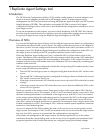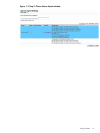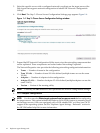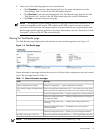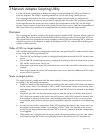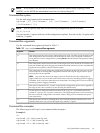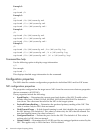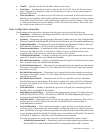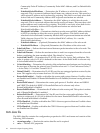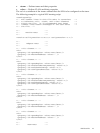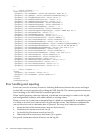<!-- -->
<!-- <team> element 1 -->
<team relnics='2 3'>
<property id='TeamName' value='HP Network Team #1'/>
<property id='OpMode' value='TransmitLoadBalancing'/>
<property id='LoadBalAlgorithm' value='Auto'/>
<property id='RxHeartbeatInterval' value='3'/>
<property id='TxHeartbeatInterval' value='3'/>
<property id='RxHeartbeatMode' value='Enabled'/>
<property id='TxHeartbeatMode' value='Enabled'/>
<property id='TeamNetworkAddress' value='' />
<property id='FastPathEnabled' value='Enabled'/>
<property id='FastPathSpanningTreeType' value='IEEE 802.1D'/>
<property id='EchoNodeTime' value='3'/>
<property id='EchoNodeTimeout' value='3'/>
<property id='CriteriaRanking' value='9;0;1;2'/>
<property id='RouterPathProtocol' value='HSRPv1'/>
<property id='ActivePathEnabled' value='Enabled'/>
<property id='EchoNodeIPAddress' value='192.168.0.2'/>
<property id='EchoNodeResponseMech' value='CommunityAddressARP'/>
<property id='EchoNodeProbeAddress' value='00-01-FA-FE-FE-FE'/>
<property id='EchoNodeProbeIPAddress' value='192.168.0.3'/>
<property id='EchoNodeUseDefMac' value='Yes'/>
<property id='RouterPathEnabled' value='Enabled'/>
<property id='RouterPathIPAddress' value='192.168.0.4'/>
<property id='CDPv1Enabled' value='Enabled'/>
<property id='CDPv2Enabled' value='Disabled'/>
<property id='DefaultVlanId' value='10'/>
<property id='RxPathValidationVlanId' value='10'/>
<property id='FastPathVlanId' value='10'/>
<property id='ActivePathVlanId' value='10'/>
<property id='RouterPathVlanId' value='10'/>
<!-- <vlan> element 1 -->
<vlan>
<property id='VlanId' value='10'/>
<property id='VlanName' value='VLAN 10'/>
</vlan>
</team>
<teamingconfig>
Error handling and reporting
Errors can occur for a variety of reasons, including differences between the source and target
system NICs or errors introduced by editing the XML data file. The software performs extensive
error checking as the XML data file is read and processed.
When invalid property values are detected, a WARNING error message is written to the log file
and configuration continues with either default or existing values.
When you run cqniccmd from a command line or a Windows command file, a completion code
is written as an error-level code to both a log file and the screen. The Windows command file
can use this error code to determine how to proceed. The error level codes are as follows:
• Successful start of the action returns an error level zero (0).
• Nonfatal errors return error-level one (1).
• An invalid log file returns error-level two (2).
• Other fatal errors return error-level three (3) or greater.
For specific information about all errors, see the log file.
24 Network Adapter Scripting Utility



